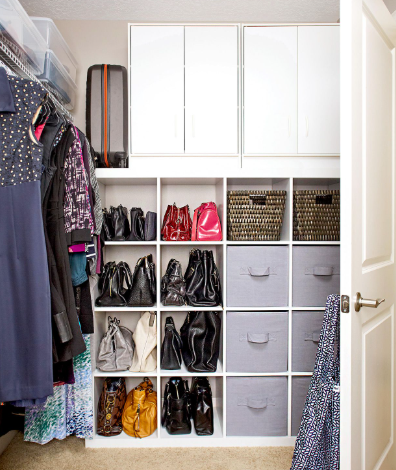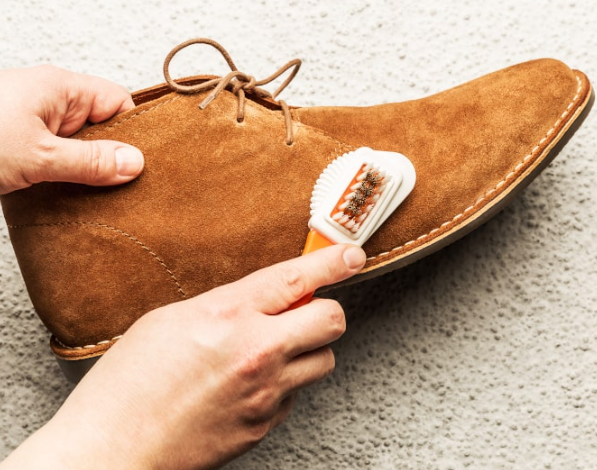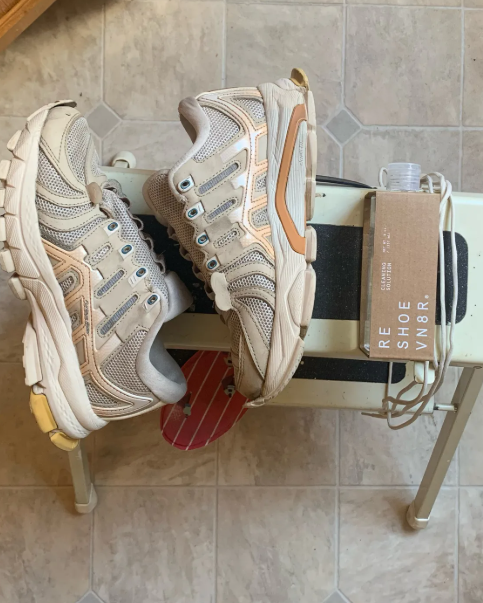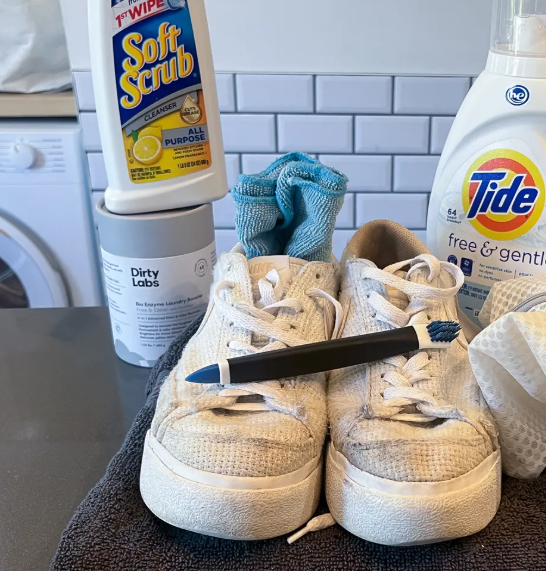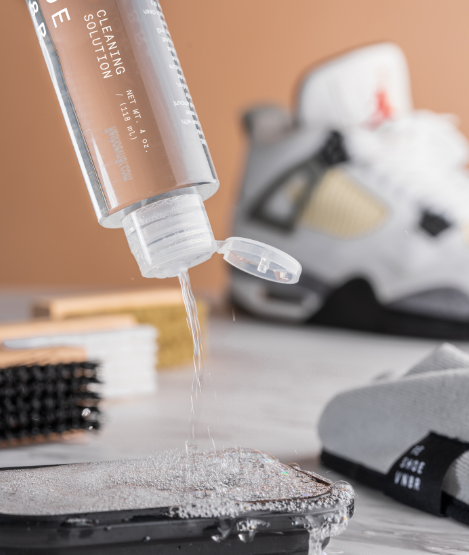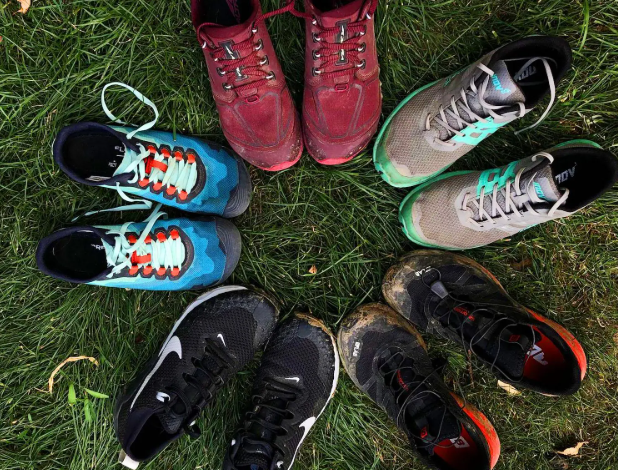
Seasonal Shoe Rotation: A Guide to Proper Care and Storage
When it comes to maintaining your shoes, it’s not just about how often you wear them but also about how you store and care for them, especially when they’re not in use. Seasonal shoe rotation is one of the best ways to keep your footwear in excellent condition, ensuring that your shoes last longer and stay looking great year after year.
This guide will walk you through everything you need to know about rotating your shoes by season, from proper storage methods to long-term care tips that will help preserve your favorite pairs.
Why Shoe Rotation Matters
Shoes are an investment, and like any valuable item, they require proper care. Wearing the same pair frequently can lead to faster wear, and improper storage during the off-season can cause irreversible damage. Rotating your shoes seasonally gives each pair a chance to rest, which is particularly beneficial for materials like leather and suede, which need time to recover between uses.
By rotating your shoes according to the seasons, you also adapt to the conditions. For example, winter boots may require extra protection from moisture, while summer sandals should be stored away during colder months to avoid exposure to moisture and dirt.
Preparing Shoes for Off-Season Storage
Proper preparation is key when storing shoes for the off-season. Dirt, oils, and moisture can degrade materials over time, so cleaning is essential. Start by wiping down your shoes with a soft cloth to remove any dirt. For leather, use a leather cleaner to remove stains or grime, and for suede, use a specialized brush to maintain its texture.
Before storing your shoes away, ensure they are completely dry. Moisture left on shoes can lead to mold or mildew, which can damage the material. Consider using a cedar shoe tree to absorb excess moisture and help preserve the shape of your shoes.
Best Storage Methods for Different Shoe Materials
Different shoe materials require different storage methods to maintain their quality. Here’s a quick guide for the most common types:
- Leather Shoes: Store leather shoes in breathable dust bags or cotton boxes to prevent moisture build-up. Avoid using plastic, as it traps moisture and can encourage mold growth.
- Suede Shoes: Keep suede shoes in a cool, dry location, away from direct sunlight. Use a protective dust cover or breathable fabric bag to prevent dust buildup.
- Fabric Shoes: Store fabric shoes in airtight containers to keep dust out and prevent fading. Adding silica gel packets will help control moisture levels.
Much like how wooden hangers preserve the shape of your clothing, shoe bags or boxes help extend the life of your delicate footwear.
Maintaining Shoe Shape
Leather and suede shoes, in particular, can lose their shape over time if not stored properly. To prevent this, use shoe trees or fill the shoes with acid-free tissue paper to help them maintain their structure. Cedar shoe trees are particularly useful as they absorb moisture and odors, keeping shoes fresh and retaining their shape.
For taller boots, use boot shapers or roll up magazines inside them to keep the shafts upright and prevent creases. Always store shoes standing up to avoid squashing or misshaping them.
Protecting Shoes from Moisture and Pests
Moisture is one of the biggest threats to shoes during off-season storage. It can lead to mold, mildew, and warping. To protect your shoes, store them in a climate-controlled space, such as a closet, where temperature and humidity levels are consistent. Avoid storing shoes in damp places like basements or attics.
To prevent pests like moths and insects, use natural repellents like cedar chips or lavender sachets. These are especially effective for shoes made from natural fibers, which attract pests. Storing shoes in airtight containers will offer added protection.
Rotating Shoes for Longevity
One of the easiest ways to extend the life of your shoes is to rotate them regularly. Wearing the same pair every day doesn’t allow the material to rest, leading to faster wear and tear. By alternating between different pairs, you give each one time to breathe and recover.
Seasonal rotation is especially important for specialized shoes. For example, in winter, focus on wearing your boots and store away lighter shoes, like sandals, until warmer weather returns.
Seasonal Cleaning and Conditioning Tips
Each season brings its own challenges, so it’s essential to adjust your shoe care routine accordingly:
- Fall/Winter: Rain, snow, and salt can damage shoes, especially leather and suede. Make sure to clean off any salt from boots, as it can cause long-term damage. Use a leather conditioner to keep boots moisturized and protect them from harsh elements. Suede boots can benefit from waterproofing spray during wet months.
- Spring/Summer: Sun exposure and dust can fade shoes. Clean and protect your shoes with a fabric or suede protector. Leather shoes should be conditioned regularly to prevent cracking from heat and dry air.
Maintaining your shoes with seasonal cleaning and conditioning will keep them looking great as you rotate them.
Long-Term Shoe Care Strategies
Maintaining your shoes requires year-round attention. Here are some long-term strategies to keep them in excellent condition:
- Polish and Condition Leather: Regularly polish and condition your leather shoes to keep them moisturized and prevent cracking.
- Rotate Shoes Frequently: Try not to wear the same pair every day, even outside of seasonal rotations. This allows the material to breathe and recover.
- Use Shoe Trees: Invest in cedar shoe trees to preserve the shape of your shoes during storage.
- Check Soles: Keep an eye on the soles of your shoes. If they start to wear down, get them resoled before they deteriorate further.
By following these strategies, you can ensure your shoes remain in great condition for many years to come.

